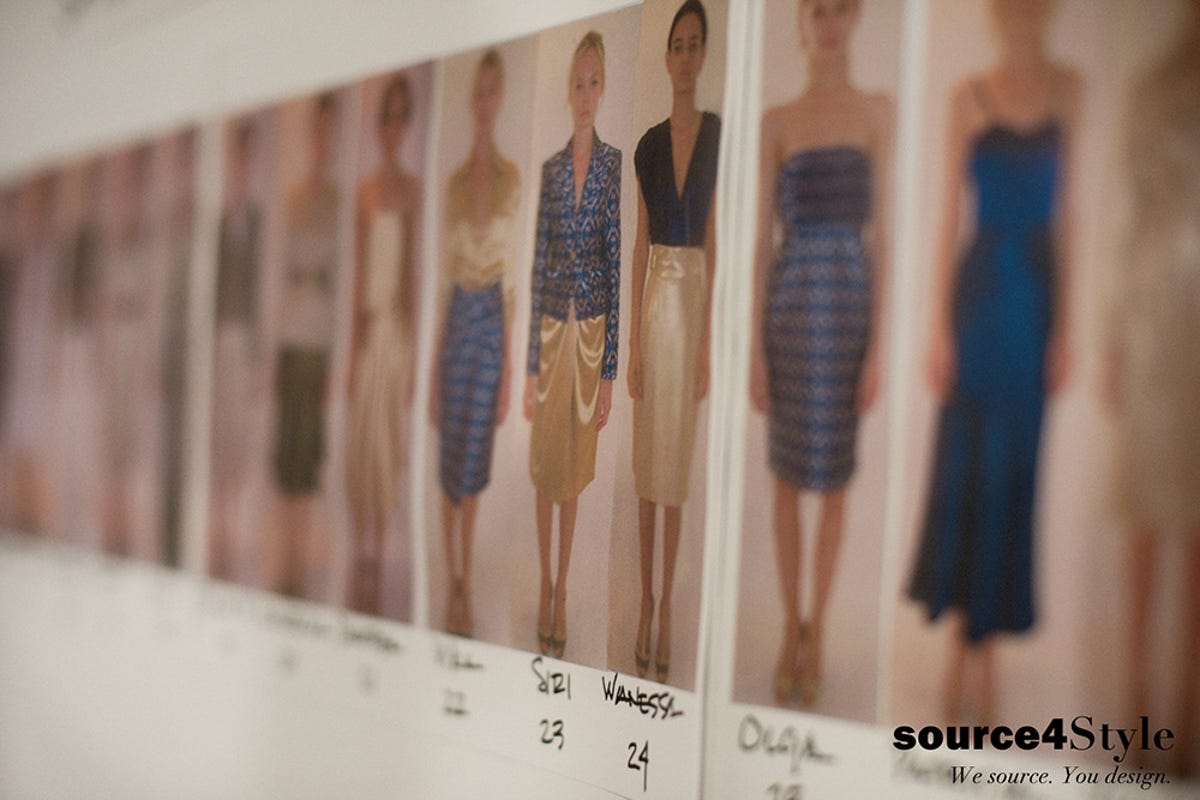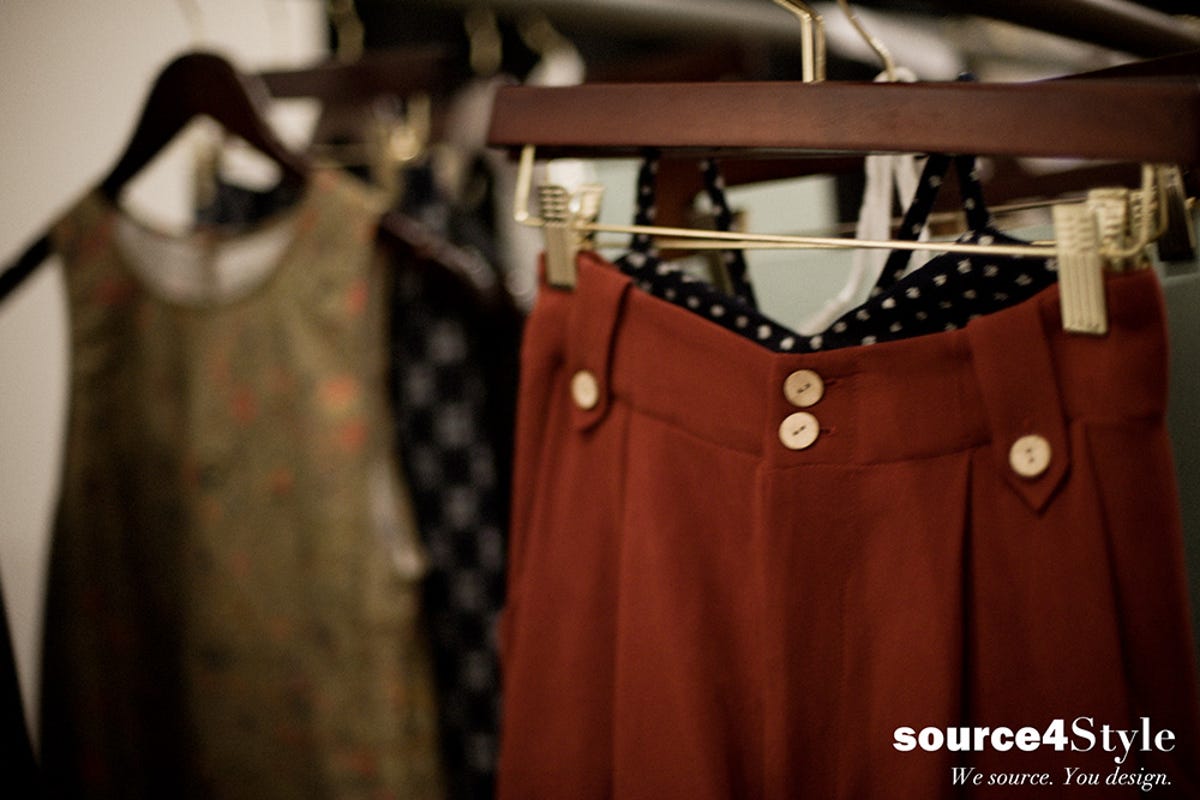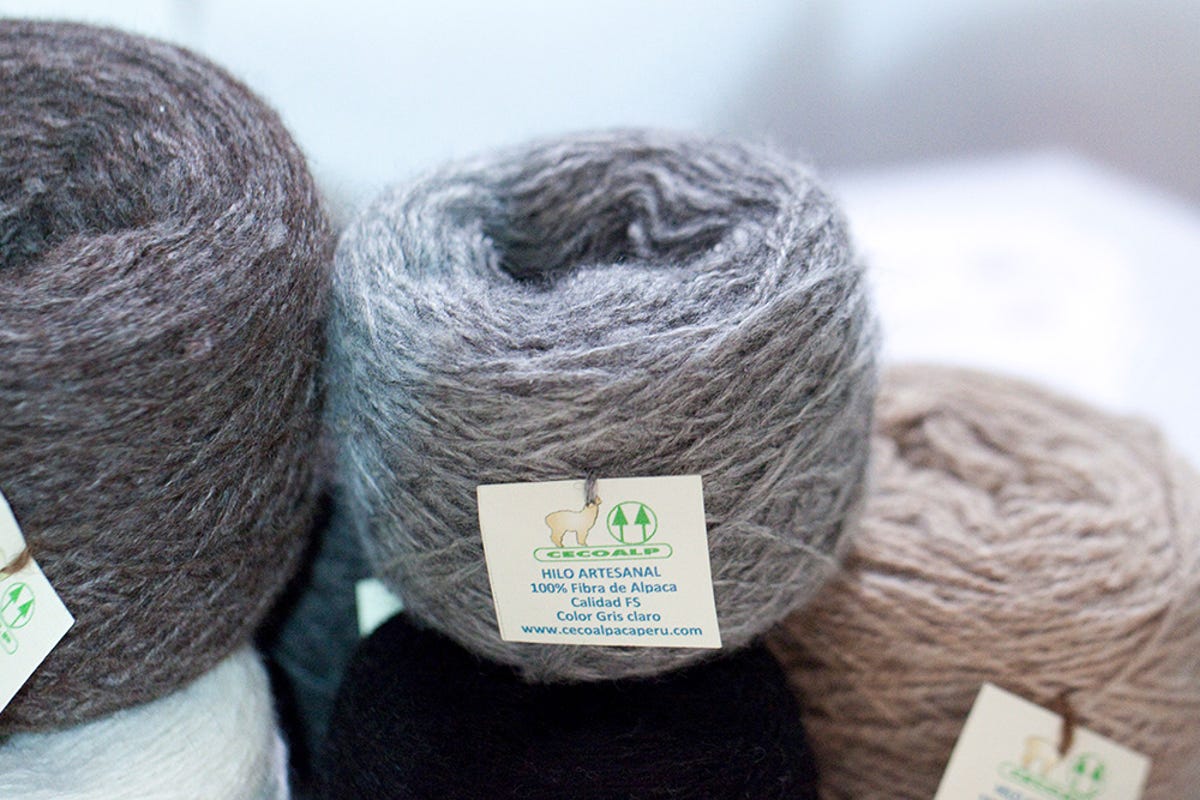Fellow Portrait
Benita Singh & Summer Rayne Oakes
Source4Style
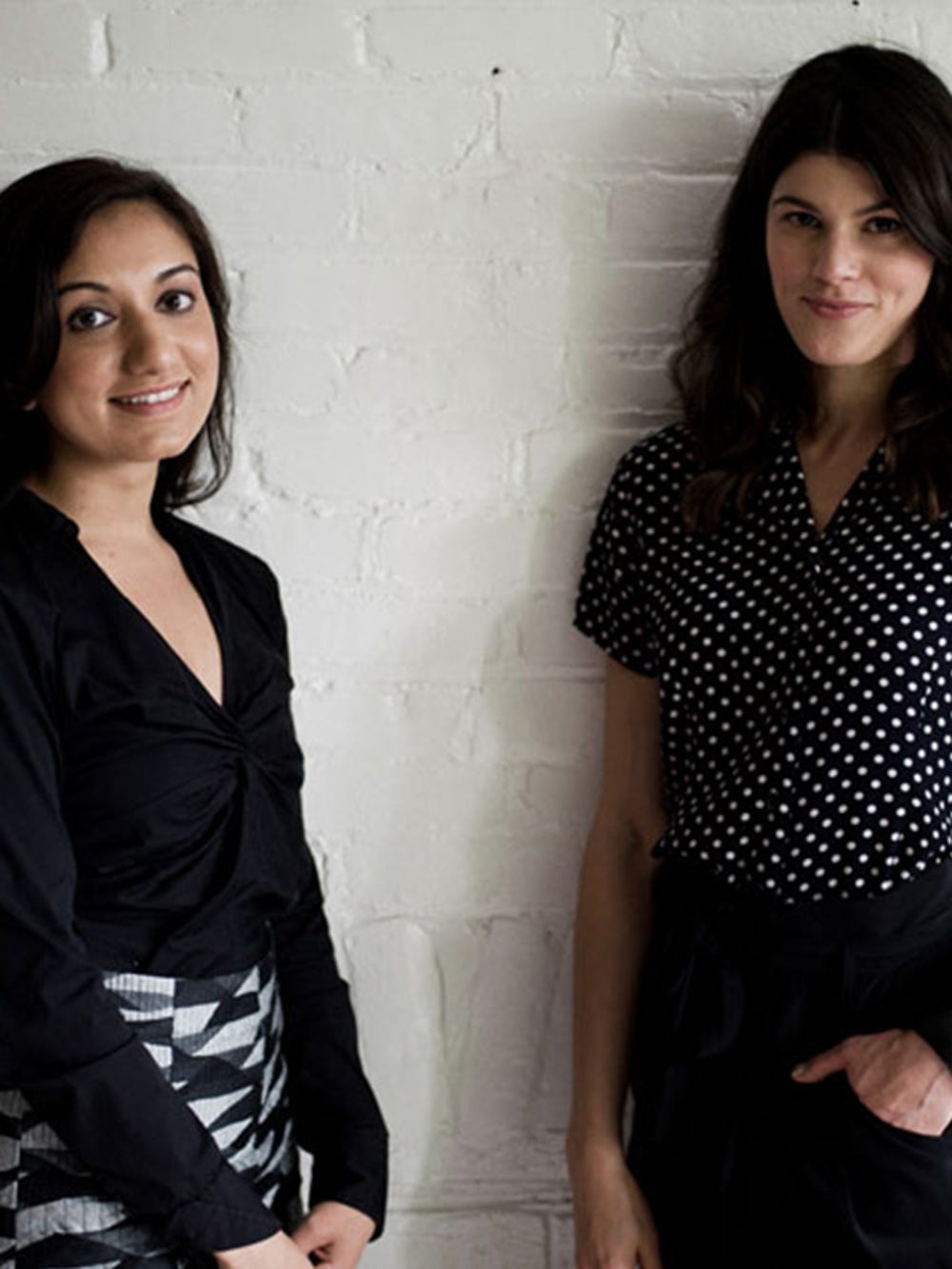
Source4Style connects brands and fashion designers to a network of global suppliers through an online community and platform that sources sustainable, ecological materials.
North America
UNITED STATES
FELLOW
2011
Updated March 2011
What do fashion designers do when they’re looking for fabrics? They visit trade shows, wade through hundreds of sample folders, surf vast online directories… activities which research from Cornell University finds takes up to 85% of their time. ‘That leaves just 15% actually designing, which strikes us as a terrible waste of resources,’ says Summer Rayne Oakes, co-founder with Benita Singh of Source4Style, an online platform and community for materials with a difference: they come exclusively from sustainable and ethical sources.
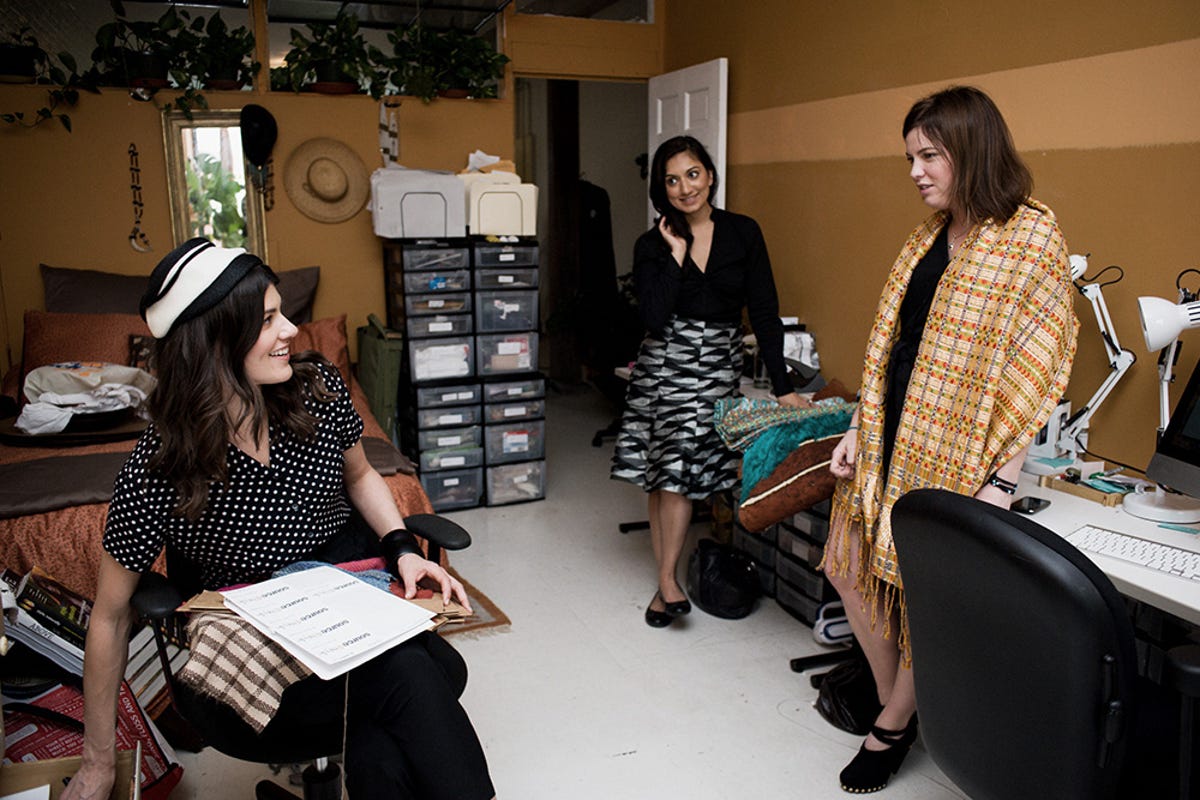
Cutting edge
‘Online directories are frequently glorified Yellow Pages where suppliers pay to be listed,’ Summer explains. ‘Source4Style showcases the fabrics with high-resolution photos that you can zoom in on to examine the weave, and suppliers can show their first batch for free.’ Designers can also check a range of details that suppliers must provide to ensure they meet the specifications of the site, which is content-rich and stylish, banishing passé notions of ecological design. Welcome to the edgy side of sustainable sourcing.
Source4Style is a community too, all-important for providing feedback on artisanal businesses around the globe. Plans are also in the pipeline to invite leading industry figures to curate the site, focusing on new products and trends through design labs. An upcoming Premium membership will offer extra services, such as first choice on new materials and access to sustainability tests and data mining. Revenue streams currently come from swatch sales and advertising, notably on the in-house video-mag, Cutting Edge, hosted by Summer.
Ten years ago if you mentioned 'sustainable design' people gave you a blank look; now more and more designers really care about where their clothes came from.

Key criteria for sustainability
With sustainable clothing a US$6 billion industry that has been growing by 40% yearly since 2005, even major US firms such as Wal-Mart and Nike are producing ‘eco-friendly’ lines. ‘Source4Style targets more independent stylists, small to medium retailers or capsule collections,’ says Summer. The fabrics range from plain cottons and silks to hand-dyed rarities and innovative materials, such as bark cloth or salmon-skin leather (both of which have featured in businesses selected for past editions of the Cartier Women’s Initiative Awards). All must comply with one of four sustainability criteria: be environmentally preferable (e.g., organic cotton versus conventional); recycled or reclaimed; fair trade; or craft-preserving.
Since launching the public beta in October 2010, the site has already attracted over 800 designers who know they can trust in the founders’ reputation and track records in sustainability. Registered users can buy swatches, with 50% of sales coming from outside the US. Yardage is available only to members, ‘but there are no middle men or brokers—the site centralises requests and offers direct-to-source prices,’ says Benita, who draws on her experience in bringing artisanal goods to mainstream markets. She founded her first fair-trade social enterprise in 2004 after researching post-war truth commissions in Guatemala for her International Relations degree. ‘I met women in a farming community where all the men had died in the civil war. They had turned to craft production to survive but many were too stressed by what they had lived through to go to market with their goods,’ she says. ‘That’s when I realised my calling: all over the world people are trying to lift themselves out of poverty, but they lack access to the market.’
Our coach's financial expertise took us to a new level, and the jury members helped us to think big, many of our venture capital or angel meetings come from networks that they plugged us into.
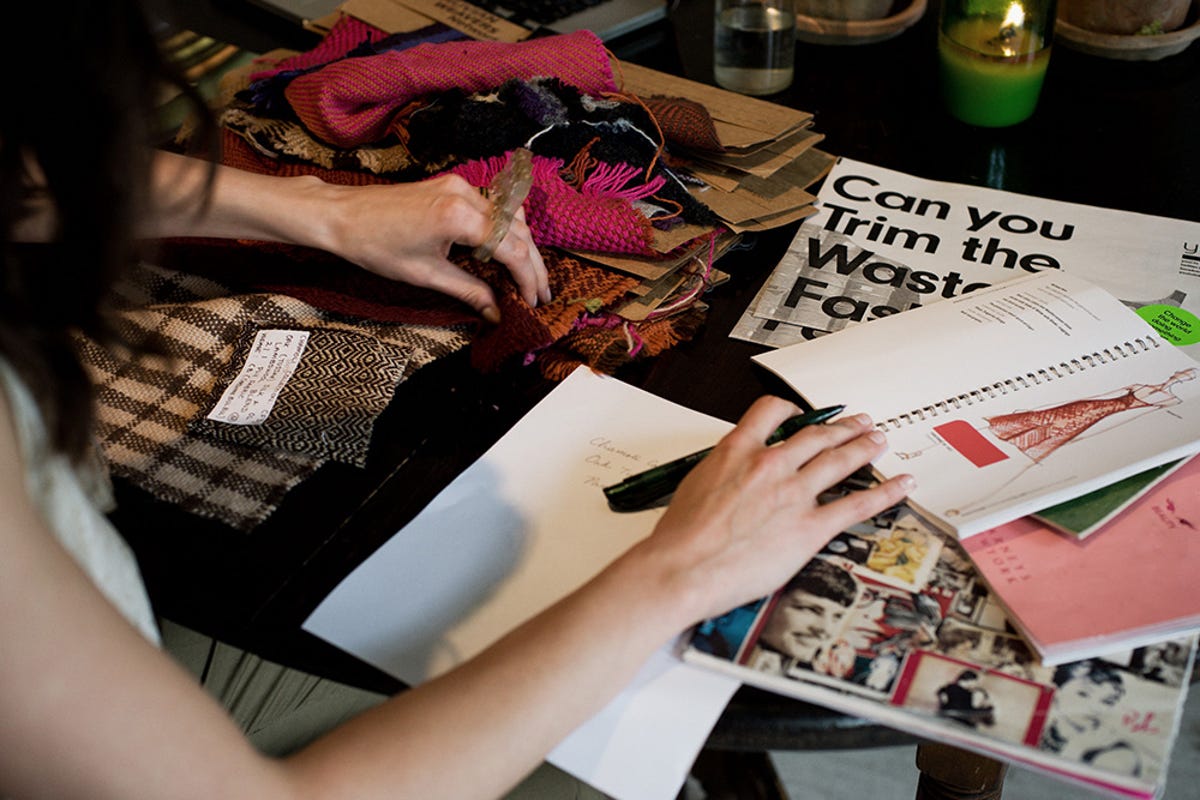
Mainstream impact
As for Summer Rayne—whose name almost seems to have predestined her environmental nature—this author, model, and ardent advocate for sustainability actually started out in sludge! ‘I was a budding Environmental Science major studying the toxic organic contaminants in sewage sludge. Hardly very fashionable!’ she says. ‘I wanted to make the biggest possible difference for the environment but the scientific approach didn’t seem to speak to people.’ Realising she wanted to target an industry that could impact a mainstream audience, she chose clothing. ‘It was a radical shift. Ten years ago if you mentioned “sustainable design” people gave you a blank look; now more and more designers really care about where their clothes came from.’ Source4Style will help fashion clean up its act.
